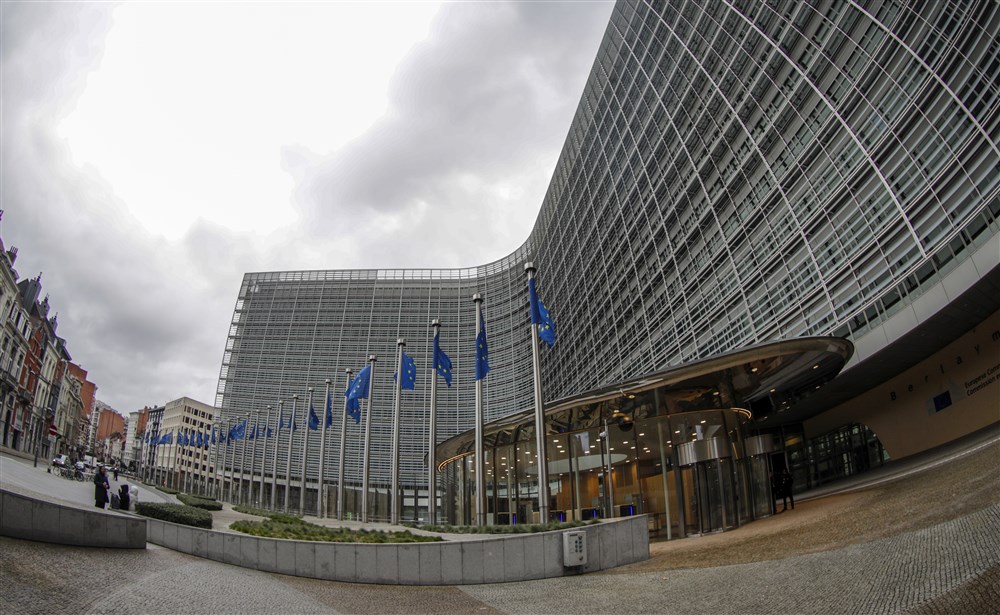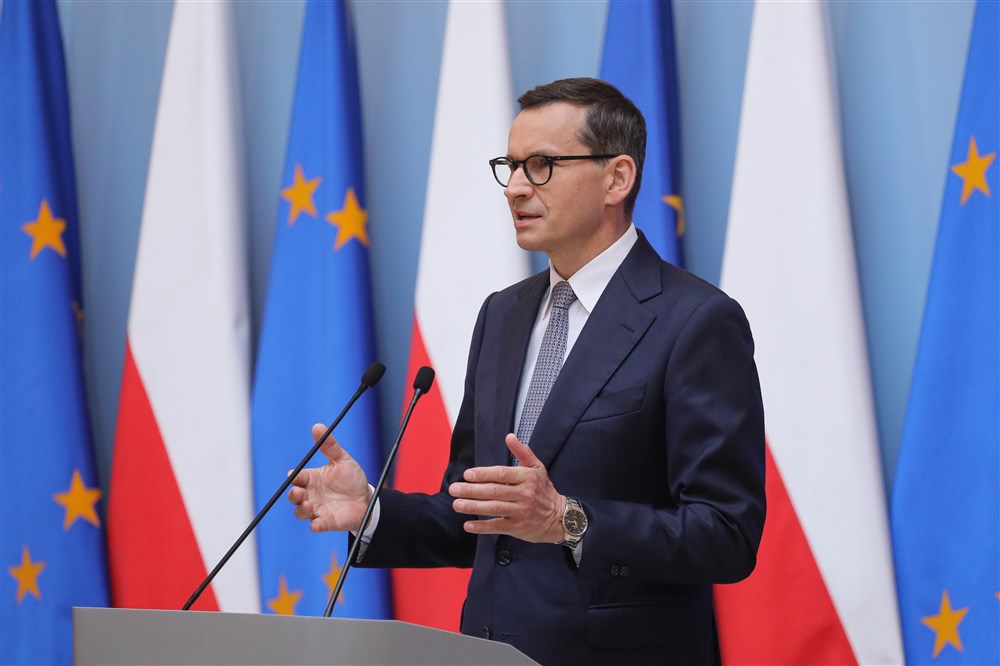Under Poland’s ruling Conservatives there has been a dramatic increase in the number of foreign workers in the country while, at the same time, the government has resisted any compulsory relocation of illegal immigrants arriving in Europe, as proposed by EU institutions.
According to estimates by Poland’s Social Insurance Institution (ZUS), the country is now home to two million foreign workers. The number of work permits granted reached record levels in 2021, with more than 500,000 employment documents being issued. That represented an increase of 24 per cent on the previous year and was nearly eight times greater than in 2015, when the ruling PiS party came to power.
The greatest number of permits handed out in 2021, almost two-thirds, were issued to Ukrainians. However, there was a growing contingent of workers from Asian countries such as Uzbekistan, India the Philippines that accounted for just over 10 per cent of the total. Two-thirds of the migrant workforce were employed in industry, construction and transport sectors.
Last year, the number of permits issued to foreigners declined to just over 350,000 but that was in part attributed to the fact that many Ukrainians took advantage of current wartime legislation giving them full employment rights in Poland without the need for work documentation.
Nevertheless, since the PiS took office, the number of foreign workers arriving annually has been in the hundreds of thousands, whereas previously it was below 100,000.
Poland’s liberal opposition claims that, in resisting the relocation of migrants from Africa and the Middle East while at the same time importing foreign workers, the PiS is being hypocritical.
However, the PiS says Poland has consistently opposed compulsory relocation of illegal migrants, stating that such arrivals could pose a security risk and would be a burden on the country’s benefits system. Still, this does not stop companies hiring from abroad to address unfilled vacancies.
The influx of foreign labour is apparently driven by two primary factors: demographics and rapid economic growth. According to figures from the intergovernmental Organisation for Economic Co-operation and Development (OECD), by 2050, Poland will have seven million fewer people of working age in its population. Without foreign labour, it is claimed, the country’s present GDP growth rates of three per cent to five per cent will be hard to maintain.
Nevertheless, the influx of foreign people from different cultures poses challenges for Poles regardless of how they arrive in the country.
One example can be seen in the Płock area of central Poland, where Polish energy giant Orlen is building a huge new petrochemical plant. A so-called ‘container town’ is being constructed there designed to house some 6,000 Asian workers from Turkey, India, Pakistan, Korea and the Philippines. The residential facility is made up of 2,500 containers alongside numerous canteens and recreational spaces.
The development is located in a rural area populated by 12,000 residents and many locals are raising concerns about safety and how the rapid arrival of such a relatively large number of incomers will affect the area. In parts of the region, local tourist businesses are reporting drastic falls in bookings that they claim is being caused by the imminent influx of the workers.
Why a Polish workforce could not have been hired for the project is also prompting questions. However, the plant’s contractors say there are not enough skilled workers for the job available in Poland, adding that the foreign arrivals are not allowed to bring their families and their visas are issued only for the duration of the project.





